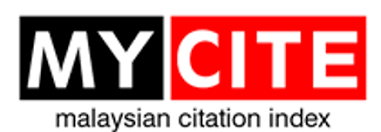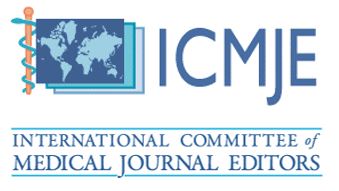Hand Anthropometry: Baseline Data of The Major Ethnic Groups in Sabah
DOI:
https://doi.org/10.51200/bjms.v17i1.3780Keywords:
hand anthropometry, baseline data, gender difference, ethnicities, SabahAbstract
Anthropometry, the quantitative interface between anatomy and physiology, is a scientific specialization concerned with applying measurement to appraise human size, shape, proportion, composition, development, and gross function. Anthropometric measurement is essential in many areas, including archaeology, anthropology, ergonomics, forensic sciences, anatomy, and nutrition. Although different researchers have studied the anthropometry of hand extensively in Malaysia, there is still a paucity of data among the major ethnicities (Kadazandusun, Bajau, Malay and Chinese) that exist in Sabah. The study was designed to create baseline data for normative values of hand length, handbreadth, middle finger length, second inter-crease length of the middle finger, and the hand span of major ethnic groups in Sabah. This cross-sectional study was conducted from February 2021 to January 2022 by applying a stratified random sampling method. At first, the students were stratified into ethnicities and were further stratified as males and females. The hand dimensions were measured using a digital calliper. The baseline data for Sabah’s four major ethnic groups were compared for symmetry, gender, and ethnic differences. The right handbreadth was broader than the left hand (p<0.01). The result also demonstrated a statistically significant (0.001) difference between gender; however, there was no significant difference among the four ethnicities. Further study at the community level is recommended for different age groups and ethnicities by addressing hand activity, hormones, and brain asymmetry to
complement the findings of this study.
Downloads
Published
How to Cite
Issue
Section
License
The copyright of the article belongs to the authors, who retain ownership of their work published in the journal. Their work is distributed under the CC BY-NC 4.0 license








1.png)




